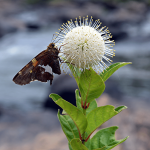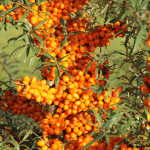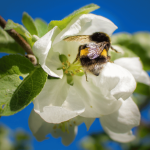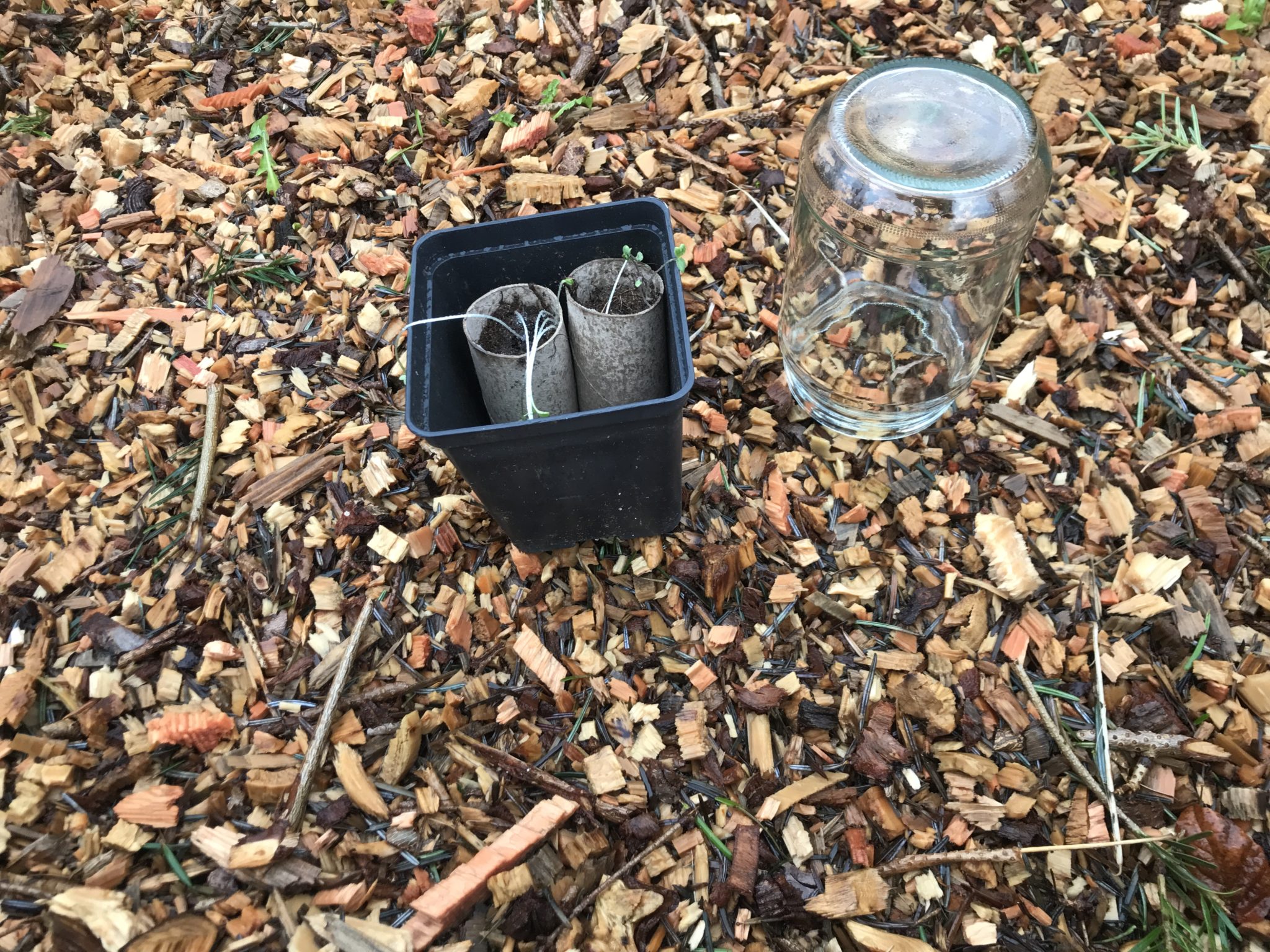The Benefits of Non-Invasive Non-Native Species

As the world becomes more connected and travels more frequently, it is increasingly common for species to be transported to new regions. In some cases, these species can become invasive and harm native ecosystems. However, when they are non-invasive and well-managed, non-native species can offer several important benefits to the environment and to human well-being.
Increased Biodiversity
One of the main benefits of non-invasive non-native species is that they can increase the overall biodiversity of an ecosystem. This can lead to a more resilient ecosystem that can withstand the impacts of climate change and other threats. In addition, the presence of non-native species can also provide new habitats for native species, improving their survival and reproduction.
Improved Food Security with Foreign Species
Non-invasive non-native species can also play an important role in improving food security. Many introduced crops and livestock species have been introduced and successfully domesticated in new regions, providing a valuable source of food for local populations. This can be especially important in areas where native species are threatened by pests and diseases, as non-native species can often avoid these threats.
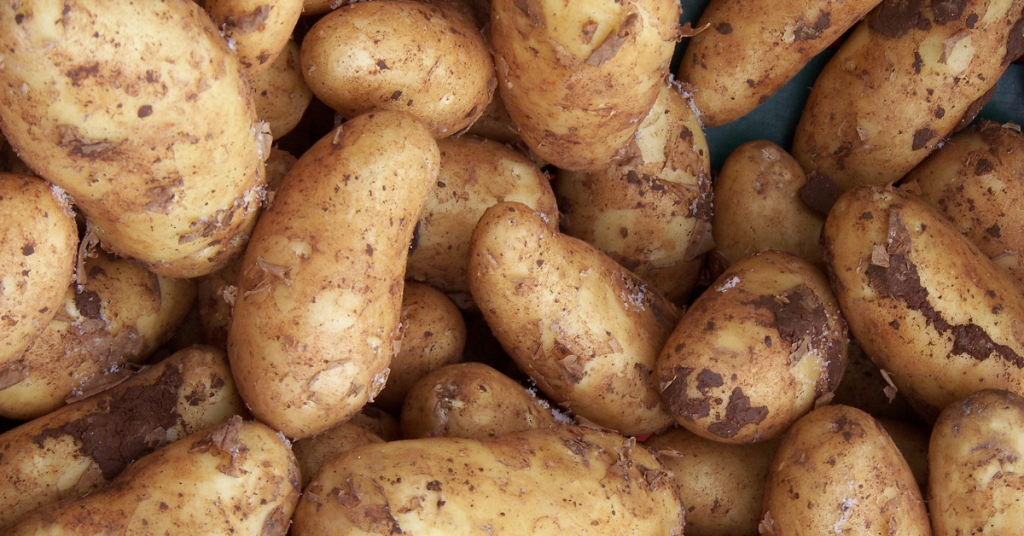
Better Preparation for Climate Changes
As the climate changes, it is important to be prepared for the shifts in temperature, rainfall patterns, and other environmental factors that will occur. By planting non-native perennial plants that prefer both colder and warmer temperatures than what is native to an area, it can be a wise move to be better prepared for these changes. This way, farmers and gardeners can ensure that they will have a sustainable and diverse food source even as the climate changes.
Lower Pest and Disease Pressure on Native Species
While native plants can be vulnerable to pests and diseases, non-native species can often avoid them. This can help reduce the pressure on native species and prevent the spread of pests and diseases to other parts of the ecosystem. In addition, non-native species can also play an important role in controlling pests and diseases, providing a valuable resource for farmers and gardeners.
Increased Carbon Sequestration with Immigrant Species
Finally, non-invasive non-indigenous species can also play a role in mitigating the effects of climate change by increasing carbon sequestration. This can be accomplished through the planting of fast-growing trees and other vegetation that can absorb large amounts of carbon from the atmosphere. By doing so, non-invasive non-native species can help to mitigate the effects of climate change and contribute to a healthier planet.
The Importance of Following Local Guidelines for Non-Native Plants
While the benefits of non-invasive non-native species are clear, it’s important to remember that what is considered non-invasive in one country might not be the case in another. Non-native species can sometimes become invasive when introduced to new environments, disrupting local ecosystems and causing harm to native plants and animals.
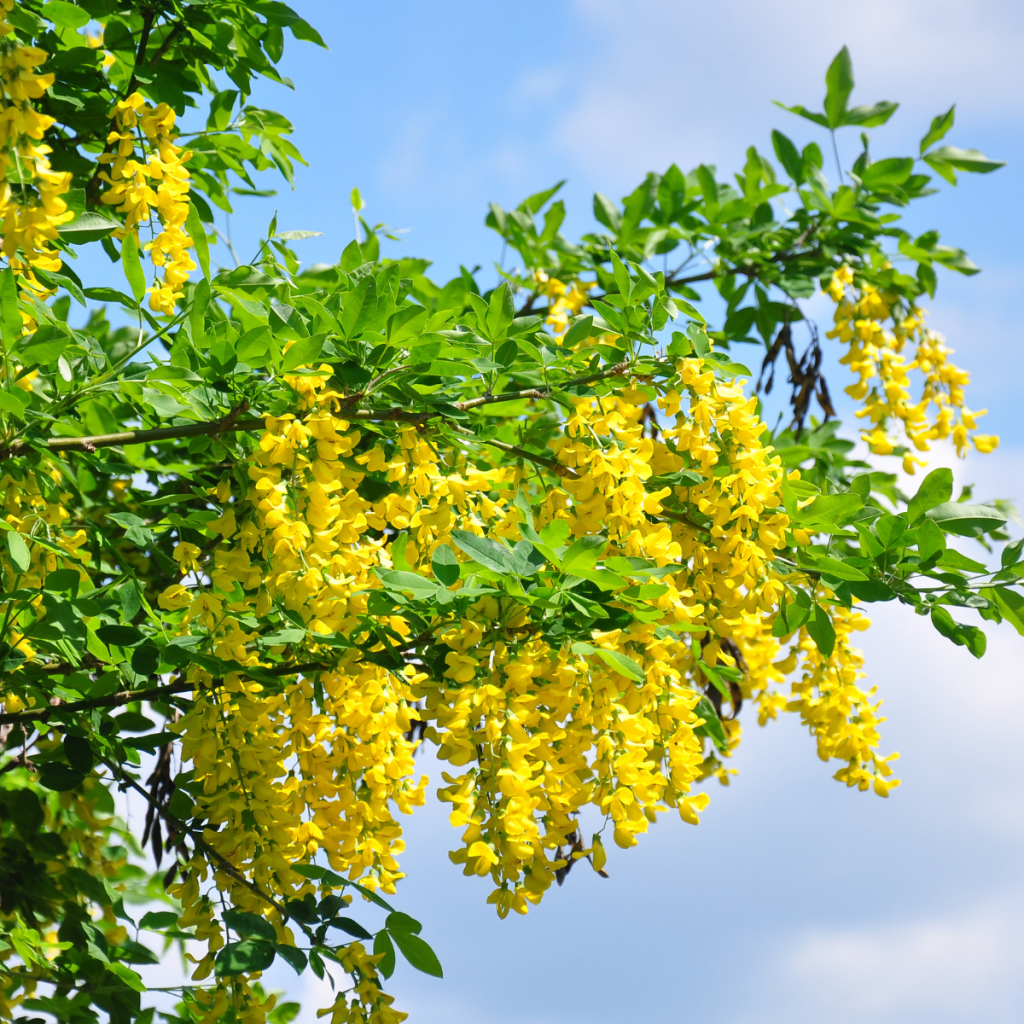
It’s therefore crucial to always follow local guidelines and regulations when it comes to planting non-native species. This can include obtaining permits, purchasing plants from reputable nurseries, and avoiding planting species that are known to be invasive in the local area.
Additionally, it’s important to monitor the growth and spread of non-native plants to prevent them from becoming invasive. This includes regular removal of any seeds or propagules and controlling the spread of the plant.
By following these guidelines, we can ensure that the benefits of non-invasive non-native species can be enjoyed without causing harm to the local environment. By being responsible and informed about the potential impacts of non-native plants, we can create beautiful, diverse, and sustainable landscapes that enhance and enrich our lives.
I have imported quite a few non-native trees and bushes and they’re not listed as a threat, but I do try to be extra responsible with my plants. Since most of them are grown from seeds that I have imported the risk of importing pests and diseases are much lower than if I had just brought them with me with soil from a trip.
Conclusion
In conclusion, non-invasive non-native species can offer numerous benefits to the environment and to human well-being. From increasing biodiversity to improving food security and mitigating the effects of climate change, these species are a valuable addition to our ecosystems. By carefully managing non-invasive non-native species, we can ensure that they will continue to provide these benefits for generations to come.

